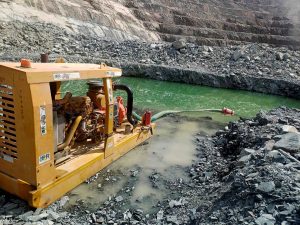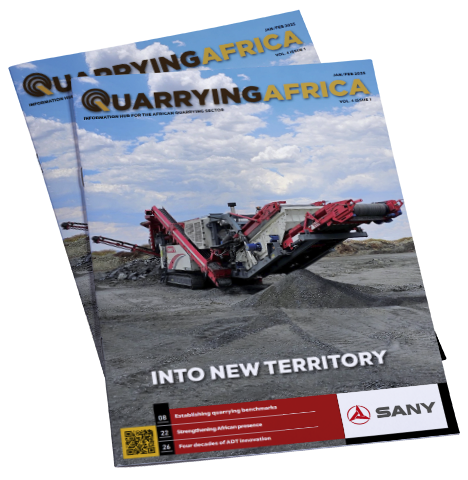Optimising truck loading will help you to minimise fuel, maintenance and labour costs per tonne of material moved. It will also reduce your impact on the environment. A quarry loading 1 600 road trucks per week could save 800 hours of staff time, 800 hours of equipment time and 7 800 litres of diesel each year by using weighing systems onboard its wheel loaders.
Onboard weighing systems are often used to help wheel loader operators load road trucks to their rated capacity first time. This improves efficiency by allowing you to reduce the number of trucks that must tip off excess material or be topped up; reduce the average time a truck spends on-site; reduce queues at your outgoing weighbridge; reduce the number of trucks that leave your site underweight, minimising the number of truck trips needed to move a certain amount of product; and reduce overload fines.
Informal estimates suggest that when a wheel loader operator loads trucks by eye, roughly 10% of all trucks will be significantly over- or under-loaded and need to be adjusted. This compares to less than 2% of all trucks in a case study of a quarry using Loadrite weighing systems onboard its Caterpillar 980-G and 980-H wheel loaders.

Huge gains
This site typically runs four wheel loaders at any one time and loads an average of 1 600 trucks per week. Without weighing systems on its wheel loaders, an estimated 8 320 trucks would need to be adjusted. This compares with 1 560 truck adjustments when Loadrite weighing systems are used.
By reducing the number of trucks that must be adjusted by 6 760, the quarry saves over 800 hours of staff time, 800 hours of equipment time and 7 800 l of diesel each year. For each litre of diesel saved, the quarry also reduces its carbon dioxide emissions by 2,68 kg, leading to an annual reduction of 21 t of CO2.
Trucks that are overloaded typically tip off excess material in waste piles near the weighbridge. Trucks that are under-loaded are typically topped up near the weighbridge by a wheel loader that drives down from one of the main stockpiles. For simplicity, the calculations do not include a return trip for the wheel loaders as they sometimes move onto other tasks near the weighbridge.

The calculations
The calculations also assume that no unnecessary truck trips are made from quarry to job site. In practice, however, it is likely that wheel loader operators will try to under-load trucks slightly when loading by eye. This is because an overloaded truck can be fined, whereas an under-loaded truck cannot.
As such, the results are likely to underestimate fuel and time savings. Take a fleet of trucks that can each carry 26 t as an example. If each truck was under-loaded by an average of 1 t, it would take 26 trips to move the same amount of material that could be moved in 25 trips if the trucks were correctly loaded.







